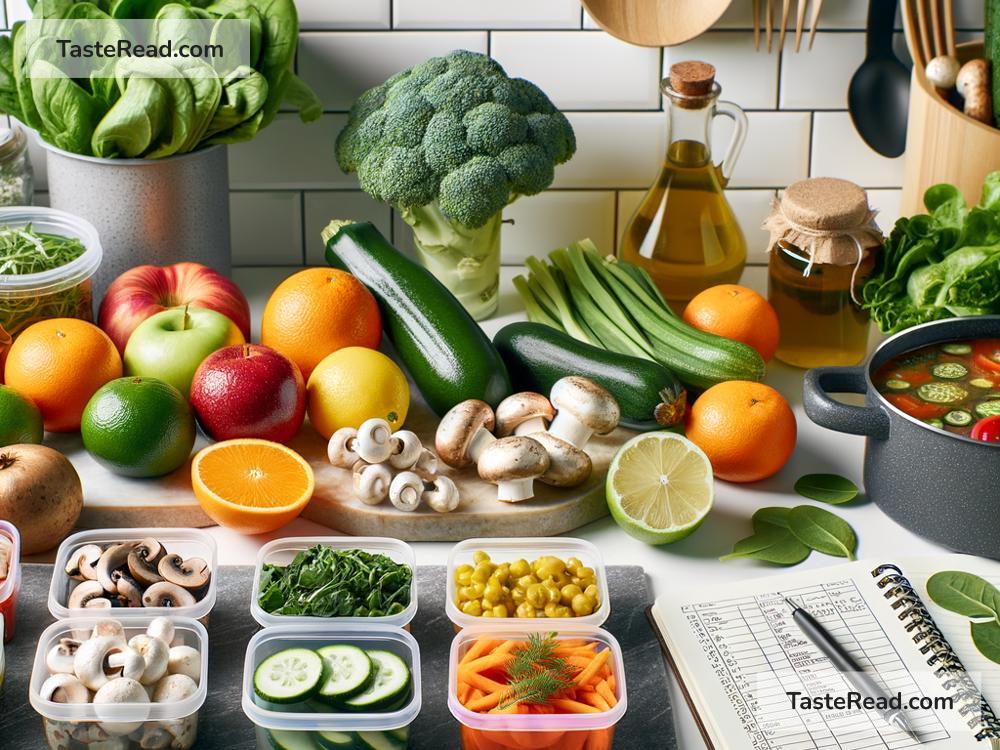How to Plan Meals for Optimal Triterpene Intake
When it comes to nutrition, our focus often falls on macronutrients like proteins, carbs, and fats, along with important vitamins and minerals. But there’s a whole other world of compounds found in plants that can supercharge your health. One group of these powerful compounds is triterpenes. They’re natural plant compounds that have been linked to many health benefits, including better immune function, reduced inflammation, and even potential cancer-fighting properties. The good news is, you can boost your triterpene intake by making thoughtful choices in your daily meals. Let’s break it down step by step.
What Are Triterpenes?
Before we dive into meal planning, let’s talk about what triterpenes actually are. Triterpenes are a group of chemical compounds found in plants, fungi, and some animals. They act as antioxidants and have anti-inflammatory effects on the body. Some studies suggest that triterpenes can help protect against chronic illnesses like heart disease and diabetes. You can find them in foods such as fruits, vegetables, leafy greens, nuts, seeds, and certain medicinal herbs.
Why Should You Care About Triterpenes?
Many nutrients work together to keep your body healthy, and triterpenes play a special role. They contribute to overall wellness in a few key ways:
-
Immune Support: Triterpenes strengthen your body’s defense system, making it easier to fight off infections and illnesses.
-
Anti-inflammatory Properties: Chronic inflammation is linked to many health issues, including arthritis and heart problems. Triterpenes can reduce inflammation naturally.
-
Antioxidant Boost: These compounds help combat oxidative stress, which can damage cells and speed up aging.
-
Potential Cancer Prevention: Early research suggests triterpenes might help inhibit the growth of certain cancer cells, though more studies are needed to confirm this.
Foods High in Triterpenes
To plan your meals for optimal triterpene intake, it’s important to know which foods are rich in these compounds. Luckily, there are lots of options:
-
Olives and Olive Oil: Olives are packed with a type of triterpene called oleanolic acid. Use extra virgin olive oil for cooking or as a salad dressing.
-
Fruits: Apples, cranberries, prunes, and grapes are known for their high triterpene content.
-
Vegetables: Spinach, kale, and other leafy greens are excellent sources.
-
Mushrooms: Shiitake and reishi mushrooms contain triterpenes that support your immune system.
-
Nuts and Seeds: Walnuts and sunflower seeds are rich in healthy fats and triterpenes.
-
Herbs and Spices: Many herbs like rosemary, basil, and turmeric contain triterpenes that can add a flavorful health boost to your meals.
How to Incorporate Triterpenes into Your Meals
The key to increasing your triterpene intake is to make small, sustainable changes to your diet. Here’s how to design meals that are tasty and packed with these beneficial compounds:
1. Start Your Day with a Triterpene-Rich Breakfast
Think oats topped with walnuts, fresh apple slices, and a sprinkle of flaxseeds. Or make a green smoothie with spinach, kale, an apple, and a dash of olive oil for creaminess. You can even add a few slices of dried cranberries for sweetness.
2. Build a Nutrient-Packed Lunch
Prepare a salad with mixed leafy greens, cherry tomatoes, and olives. Top your salad with grilled chicken or chickpeas and drizzle some extra virgin olive oil mixed with lemon juice for dressing. You might also toss in a few sunflower seeds for extra crunch and triterpene content.
3. Enjoy a Triterpene-Boosted Snack
Snack on a handful of walnuts or dried fruits like prunes. You can also nibble on mushroom jerky or enjoy slices of rosemary flatbread paired with hummus.
4. Cook Dinner with a Triterpene Focus
For dinner, consider roasting vegetables like sweet potatoes, broccoli, and shiitake mushrooms. Pair them with a lean protein source such as salmon or tofu. To make your dish even healthier, season with turmeric and a touch of olive oil.
5. Don’t Forget Dessert
End your day with a fruit-based dessert. A bowl of fresh grapes or baked apples with cinnamon makes for a refreshing finish. You can also experiment with healthy baked goods that including nuts and spices, such as walnut-apple muffins.
Tips for Making It Work
Here are some additional tips for integrating triterpene-rich foods into your routine:
-
Grow Your Own Herbs: Rosemary, basil, and thyme are easy to grow at home, and they’re great sources of triterpenes. Fresh herbs add flavor and health benefits to your meals.
-
Use Olive Oil Smartly: Instead of frying foods in butter or vegetable oil, use olive oil as your go-to cooking fat. Just avoid overheating it, as high temperatures can destroy some of its healthful compounds.
-
Meal Prep: Busy schedules can make it hard to cook every day. Dedicate time each week to prepare triterpene-rich ingredients, such as chopping vegetables, marinating mushrooms, or portioning out nuts and seeds.
-
Experiment with Mushrooms: While mushrooms might not be the first thing you think of, they’re a fantastic source of triterpenes. Add them to stir-fries, soups, or casseroles.
Conclusion
Boosting your triterpene intake through thoughtful meal planning is a simple and effective way to enhance your overall health. By focusing on whole foods like fruits, vegetables, mushrooms, nuts, and olive oil, you can create balanced, delicious meals that provide your body with these powerful plant compounds. Start small, and gradually integrate triterpene-rich foods into your daily routine. Your body will thank you for the immune support, anti-inflammatory benefits, and added antioxidants!
Ready to get started? Go ahead and plan your next meal with some of these triterpene-packed ingredients—you’ll be on your way to eating your way to better health!


